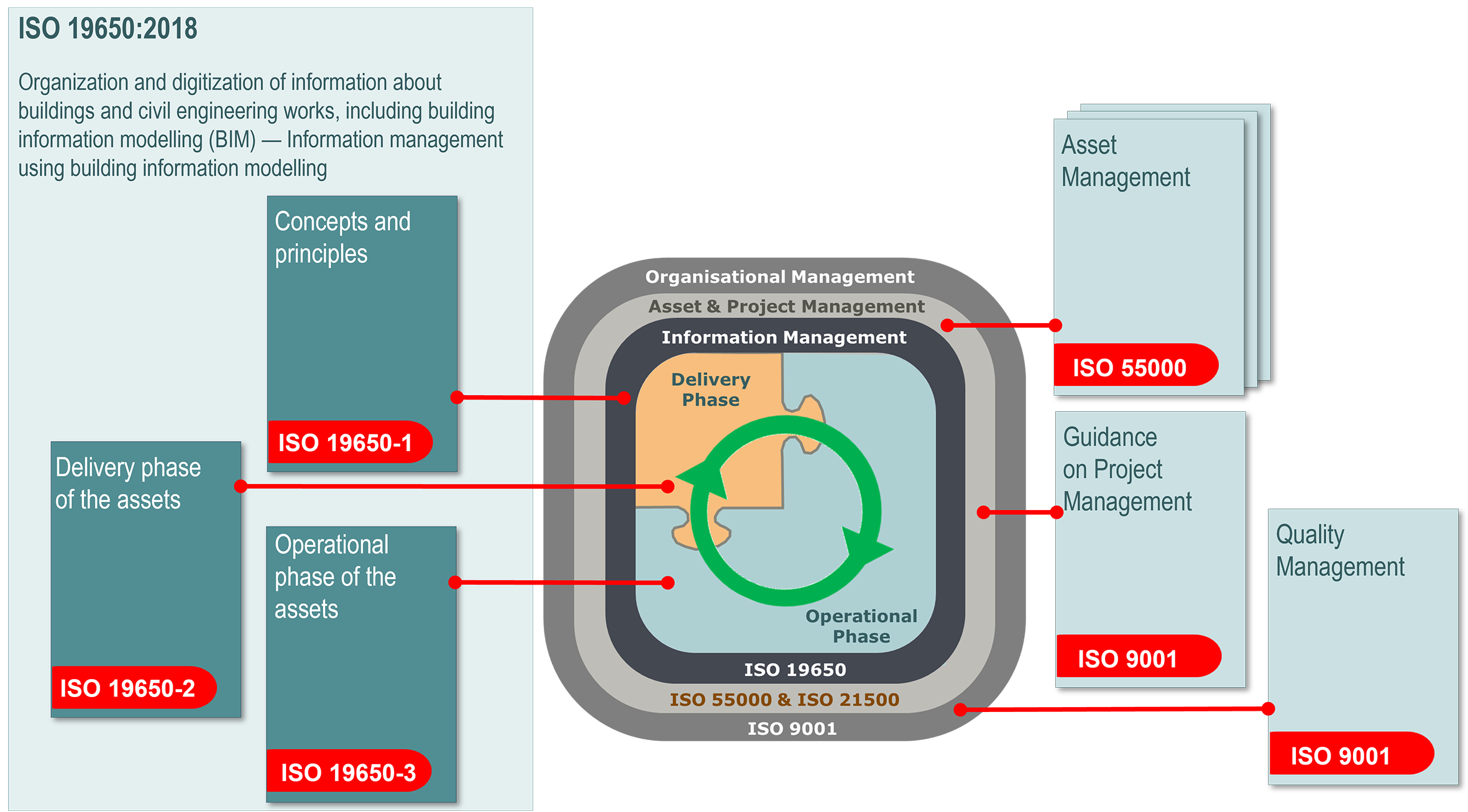

Despite the high level of awareness and acceptance of BIM applications in the construction industry, there is a conviction that the potential of BIM is not being sufficiently exploited. 64% of respondents who were asked about the biggest obstacles to the use of BIM give in the first place the lack of requirements by the client (NBS, 2019). This lack of requirements by clients for the implementation of BIM is particularly noticeable in infrastructure investments, including road construction.
The one-sided focus of BIM on planning and construction and at the same time the neglect of operations is one of the greatest weaknesses of the current orientation of BIM. This is also one of the reasons why BIM is so weakly spread among the owners and operators of horizontal infrastructure. This weak support for the operational phase and the network-orientation overlooks that investment costs during operation phase of the lifecycle represent 90% of total life cycle costs, while design and planning costs amount to only 1% (see Figure 4.3.3.1 - based on (NZ-BIM, 2019).

Figure 4.3.3.1 Infrastructure lifecycle phases and cumulative costs (based on (NZ-BIM, 2019))
The relationships between life cycle costs during the delivery and operational phases may differ from those stated above in the case of other asset classes.
With the support from the British government in the 1990s BIM solutions were developed including a landmark standard that was issued as UK: BS 1192:2007 (Collaborative production of architectural, engineering and construction information - code of practice) (BS 2007). This standard regulated the general principles of information management in the construction sector.
In the year 2018 ISO decided to adapt two British standards, which have become widely used worldwide: BS 1192-1 (concepts and principles) and PAS 1192-2 (delivery phase of assets). In addition, two other British standards PAS 1192-3 (operational phase of assets) and PAS 1192-5 (data security) have been incorporated into ISO international codes.
The international series of standards ISO 19650 already defines its field of action as information management in its title. It also considers information management as a "derivative" of Asset Management (ISO 55000) and organizational quality management (ISO 9001). These connections are shown in simplified form in Figure 4.3.3.2.

Figure 4.3.3.2 BIM-Standards and the Environment of other management norms
The ISO 19650 series of BIM standards are written in very general terms and do focus on specifics of BIM as solutions always depend on the context of the particular organization. However, through the reference in ISO 19650 to the Asset Management (as defined in ISO 55000), it is possible to derive the practical solutions and to implement the appropriate procedures.
The basic principles linking BIM with transportation asset management are outlined in the following paragraphs.
Orientation towards the relevant international standards
To promote sustainable solutions, the international standards are strictly referred to, especially the series of ISO 19650 norms as well as ISO 55000 (Asset Management). Where other relevant international standards are not available, reference is made to other recognized British standards, e.g. BS 8536 (GSL - Government Soft Landings) (UK BIM Framework).
Perspective of the specific organization
A fundamental role in BIM is played by the organization, i.e. the respective road administration (e.g. central or local road administration, municipal administration, etc.). All processes are developed and implemented from the perspective of the organization, its objectives and considering the unique organizational context. Thus, the interests of the owner, operator, or concessionaire are always at the forefront.
Compatibility with Asset Management
Asset Management, with its focus on the particular organization and its objectives, and on the entire road network or in many cases the whole asset portfolio, is the cornerstone of BIM in the road administration.
Special features of BIM for horizontal infrastructure
In order for BIM to be more widely used for horizontal infrastructure, BIM should take the owner's perspective and view the entire asset system as an asset portfolio, as required by asset management in accordance with ISO 55000.